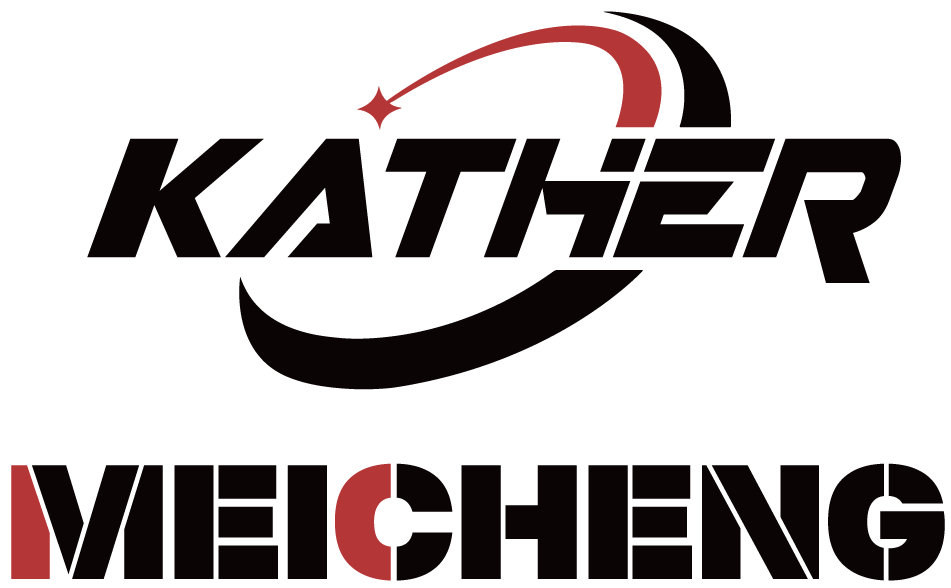Understanding the Role of Tillers in Modern Farming
Tillers play a really important role in farming work, helping break up soil and mix in nutrients so plants grow better. For folks running farms big or small, getting the most out of their tiller makes a real difference in how productive they are and what kind of crops they get. When farmers know how these machines work and use them right, they end up with better soil preparation, spend less time working the land manually, and generally see improvements across their entire operation over time.
The versatility of tillers makes them invaluable for a variety of tasks including seedbed preparation, weed control, and soil aeration. Adopting effective tips and tricks for tiller use ensures that farms run smoothly with healthy, productive fields.
Essential Tiller Operation Techniques
Choosing the Right Tiller for Your Soil Type
Picking out the right tiller really comes down to what kind of dirt we're dealing with. Things like how gritty or muddy the soil feels, how wet it gets, and whether it's packed tight all matter a lot. For those stubborn clay patches that stick together like glue, gardeners usually need something strong and robust. But when working with loose sand that drains fast, a smaller model often does the trick just fine. Getting this match right between machine and soil saves wear and tear on the equipment over time, plus makes sure the ground is properly broken up for planting.
This careful selection contributes to better tilling depth and uniform soil mixing, essential for healthy crop growth.
Proper Depth and Speed Settings
Adjusting tiller depth and operating speed according to your specific farming needs improves efficiency and prevents damage to both the soil and the tiller. Too deep tilling can disturb beneficial soil organisms and cause erosion, while too shallow may not prepare the soil adequately.
Optimal speed control ensures even soil turnover and reduces fuel consumption, contributing to sustainable farming practices.
Maintenance and Safety Practices
Regular maintenance of your tiller, including cleaning, lubrication, and inspection of blades, prolongs its lifespan and maintains peak performance. Ensuring safety by wearing protective gear and following operational guidelines protects operators from injury.
Timely repairs and upkeep reduce downtime and improve overall efficiency during the busy planting season.
Advanced Tips for Maximizing Tiller Efficiency
Utilizing Multi-Pass Tilling
Performing multiple shallow passes instead of one deep till can enhance soil structure and moisture retention. This method reduces compaction, prevents soil clumping, and creates a finer seedbed, promoting better seed germination and root development.
Multi-pass tilling balances soil health with thorough preparation, leading to improved crop yields.
Incorporating Crop Residue Management
Using the tiller to manage crop residues like stalks and leaves helps incorporate organic matter back into the soil. This process enriches soil fertility and supports microbial activity. Adjusting the tillerâs settings to handle residue without clogging is critical for efficient operation.
Effective residue management contributes to sustainable soil fertility and reduces the need for chemical fertilizers.
Leveraging GPS and Automation Technologies
Modern tillers equipped with GPS and automated guidance systems improve accuracy and reduce operator fatigue. These technologies allow precise control over tilling patterns, minimizing overlap and missed areas. Automated tillers can also operate consistently, enhancing overall farm productivity.
Adopting these advanced features helps optimize fuel use and labor resources on the farm.

Troubleshooting Common Tiller Issues
Addressing Clogging and Blockages
Crop residue and wet soil can cause tiller blades to clog, reducing performance. Regular cleaning during use and adjusting tiller speed can mitigate this issue. In cases of persistent clogging, inspecting blades for damage and replacing worn parts is necessary.
Preventive maintenance keeps the tiller running smoothly and efficiently.
Managing Uneven Tilling
Uneven soil preparation can result from improper tiller depth or blade wear. Regular calibration and blade inspection ensure uniform tilling. Adjusting speed and depth based on field conditions also helps maintain consistent soil turnover.
Correcting these issues improves seedbed quality and crop emergence.
Ensuring Fuel and Engine Efficiency
Proper fuel quality and regular engine servicing are crucial for tiller efficiency. Using recommended fuels, changing filters, and cleaning air intakes reduce engine strain and improve power output.
Efficient engine operation lowers fuel costs and reduces environmental impact.
Conclusion
Getting the most out of a garden tiller starts with knowing what kind of dirt we're working with, picking the right tool for the job, and learning some better ways to operate it. Keeping the machine well maintained makes all the difference, and adding newer tech features can really take performance to another level. Farmers who implement these practices typically see better results in their fields. The soil gets prepared properly, crops grow better, and overall farm operations become both greener and more financially rewarding over time. Some folks even report cutting down on fuel costs while getting more done in less time.
Implementing efficient tiller practices is a smart investment in the health of both your soil and your agricultural operation.
FAQ
How do I choose the best tiller for my farm soil?
Consider your soil texture, moisture, and compaction levels to select a tiller with appropriate power and blade configuration.
What is the ideal tilling depth for most crops?
Tilling depth varies but generally ranges between 4 to 8 inches, depending on crop type and soil condition.
How can I prevent tiller blades from clogging?
Regular cleaning during operation, adjusting speed, and managing crop residue help reduce clogging issues.
Are GPS-enabled tillers worth the investment?
Yes, they improve precision, reduce labor fatigue, and optimize fuel use, enhancing overall efficiency.








